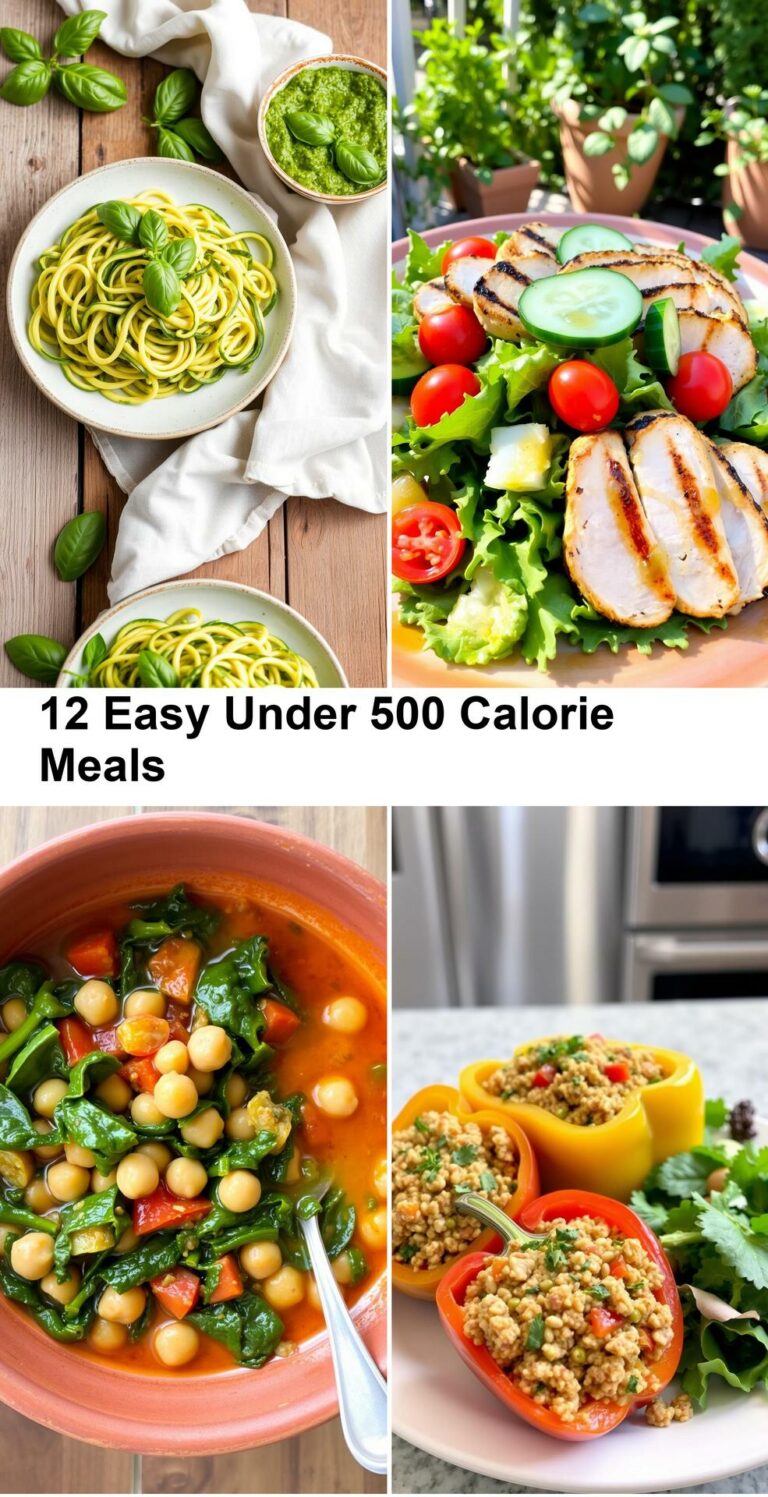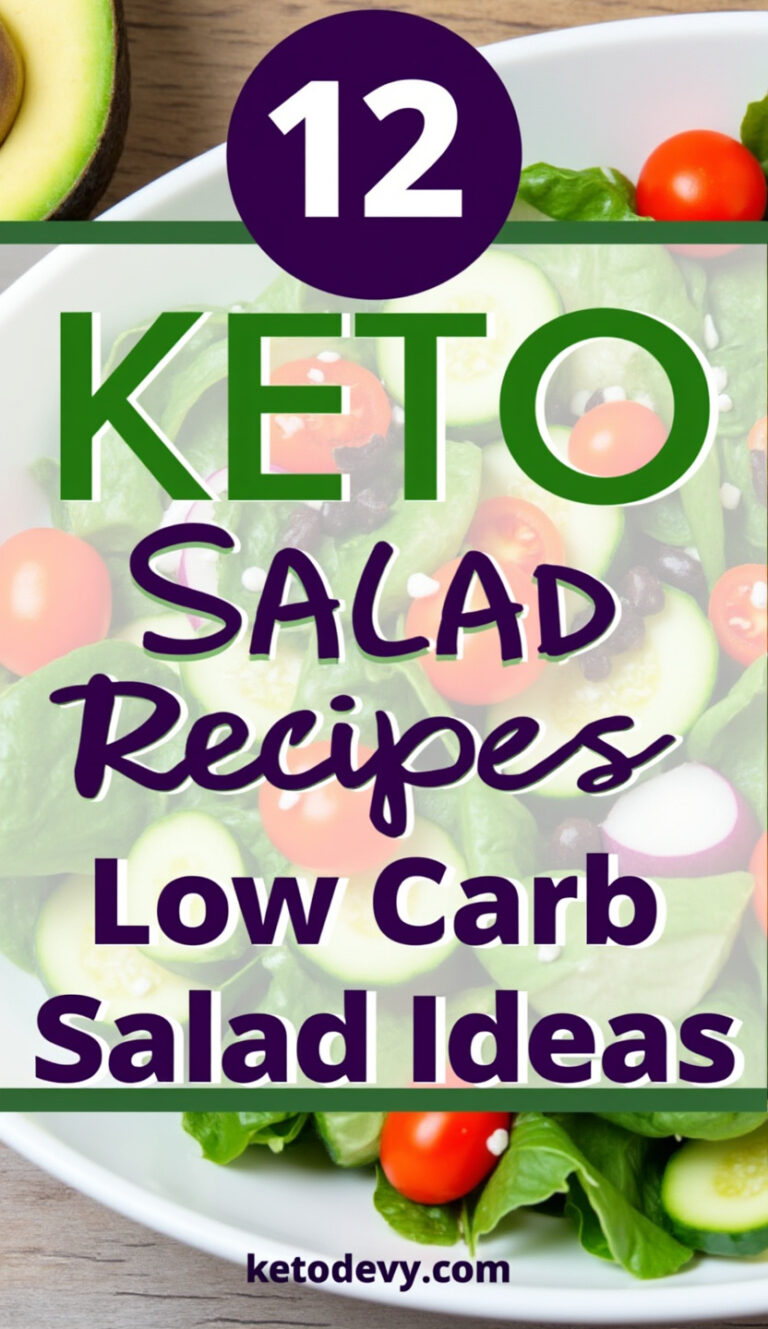Weekly Weight Loss Workout Plan: A Comprehensive Guide
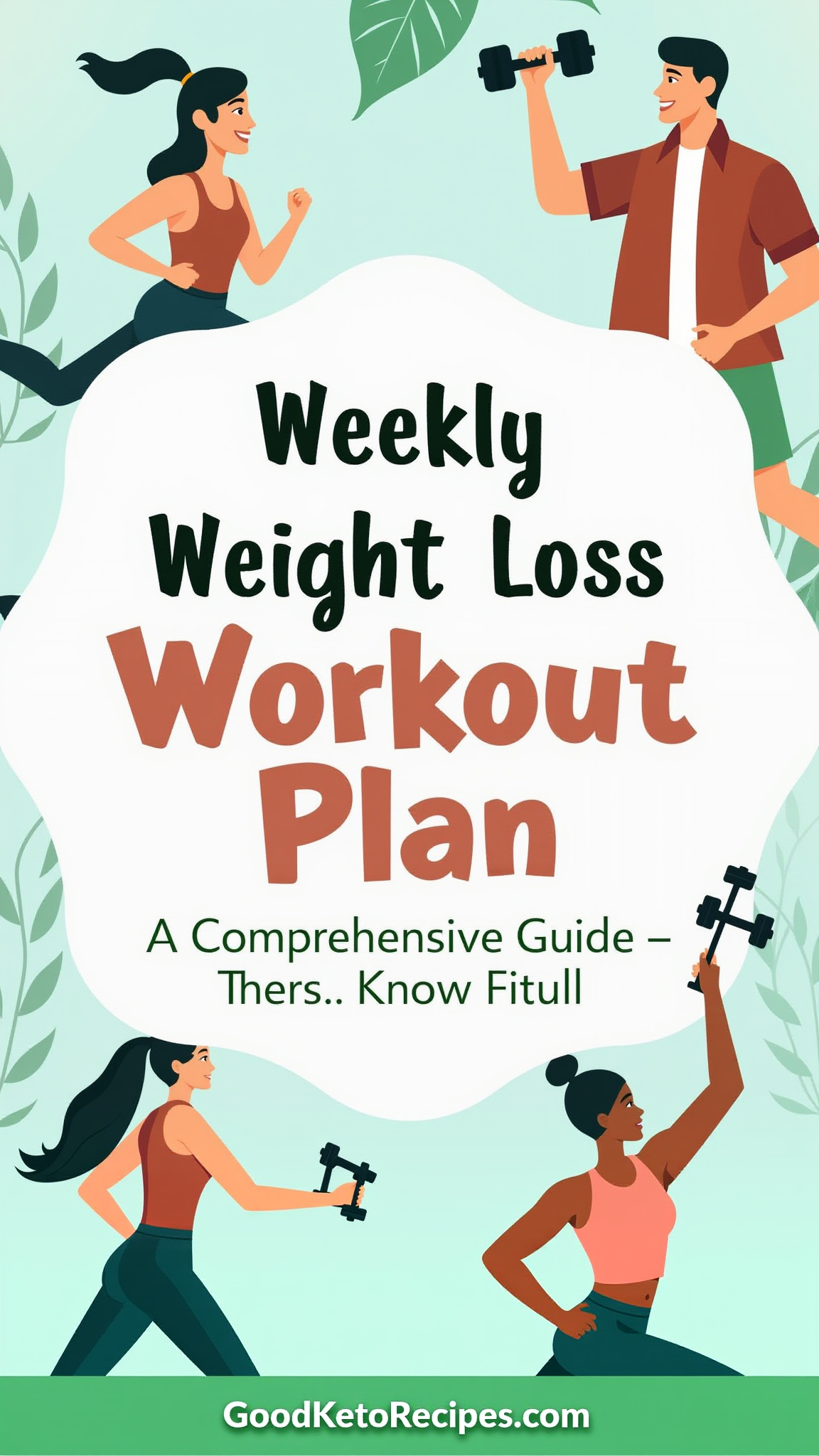
Losing weight and achieving fitness goals requires a strategic approach. A well-structured weekly workout plan is essential for sustained success. This comprehensive guide provides you with the knowledge and tools to create a personalized workout plan that aligns with your fitness level, preferences, and schedule. We’ll cover everything from assessing your current fitness to incorporating different types of exercises and tracking your progress.
1. Assess Your Current Fitness Level
Before jumping into a workout plan, it’s vital to understand your starting point. This involves evaluating your current fitness level, identifying strengths and weaknesses, and setting realistic goals.
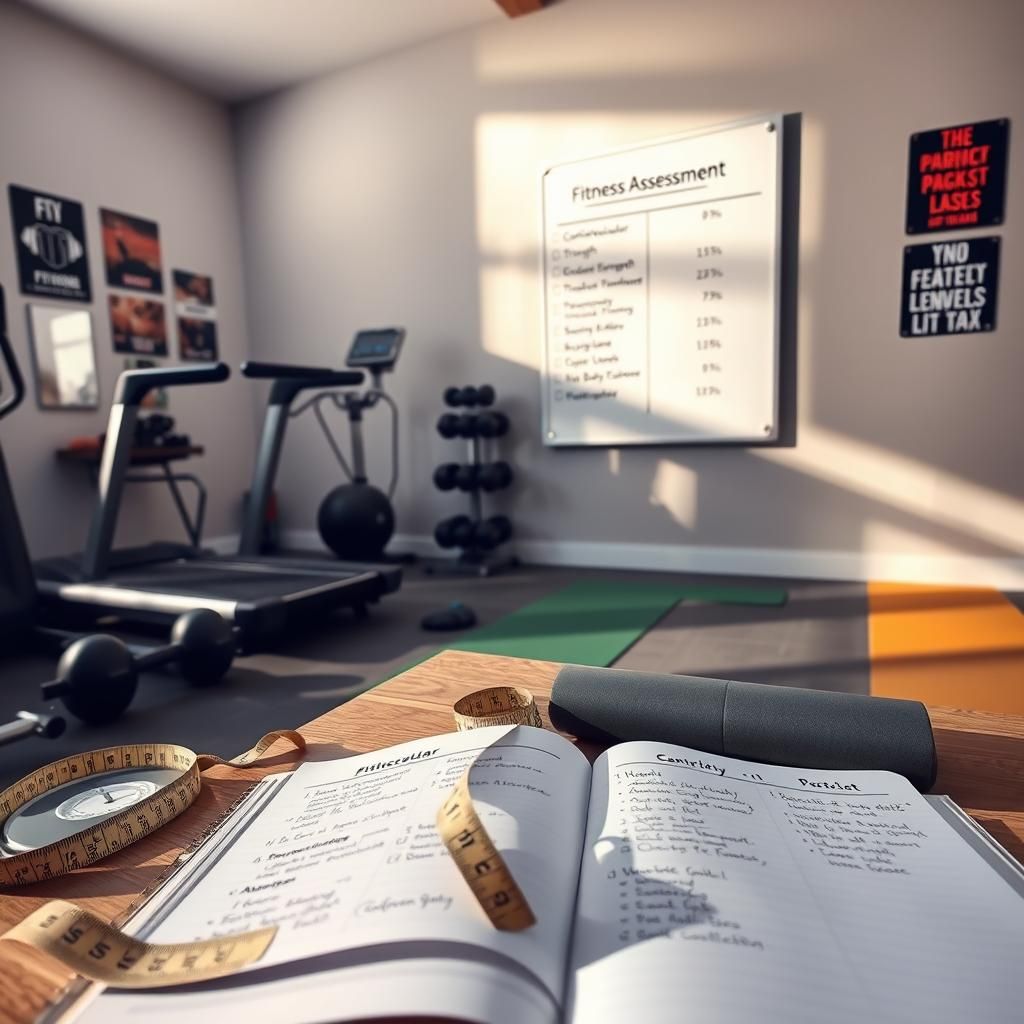
- Cardiovascular Fitness: How easily do you get out of breath during physical activity? Can you walk briskly for 30 minutes without significant discomfort?
- Strength: How many push-ups, squats, or planks can you perform with good form?
- Flexibility: How easily can you touch your toes or perform basic stretches?
- Body Composition: Consider measuring your weight, body fat percentage (if possible), and waist circumference. This provides baseline data for tracking progress.
Use this initial assessment to tailor your workout plan accordingly. If you’re new to exercise, begin with beginner-friendly routines. If you’re more experienced, you can incorporate more challenging exercises and higher intensity.
2. Define Your Weight Loss Goals
Setting clear, specific, and measurable weight loss goals is crucial for motivation and tracking progress. Avoid vague goals like “lose weight.” Instead, aim for:

- Specific Goal: “Lose 1-2 pounds per week.”
- Measurable Goal: “Reduce waist circumference by 2 inches in 8 weeks.”
- Achievable Goal: Ensure your goals are realistic based on your current fitness level and lifestyle.
- Relevant Goal: Align your weight loss goals with your overall health and wellness objectives.
- Time-Bound Goal: Set a deadline for achieving your goals (e.g., “Lose 10 pounds in 10 weeks”).
Breaking down your larger weight loss goal into smaller, manageable milestones can make the process less daunting and more rewarding.
3. Understand the Principles of Weight Loss
Weight loss fundamentally involves creating a calorie deficit – burning more calories than you consume. While exercise plays a crucial role, dietary changes are equally important.

- Calorie Deficit: To lose 1 pound of fat per week, you need to create a deficit of approximately 500 calories per day (3500 calories per pound).
- Nutrition: Focus on whole, unprocessed foods, lean protein, complex carbohydrates, and healthy fats. Limit sugary drinks, processed snacks, and excessive saturated and trans fats.
- Exercise: Incorporate a combination of cardiovascular exercise and strength training to burn calories, build muscle, and boost metabolism.
- Consistency: Consistency is key. Aim to adhere to your workout plan and dietary changes as consistently as possible.
4. Choose Your Workout Days and Times
Consistency is paramount for any weight loss workout plan. Selecting specific days and times for your workouts helps build a routine and increases adherence.
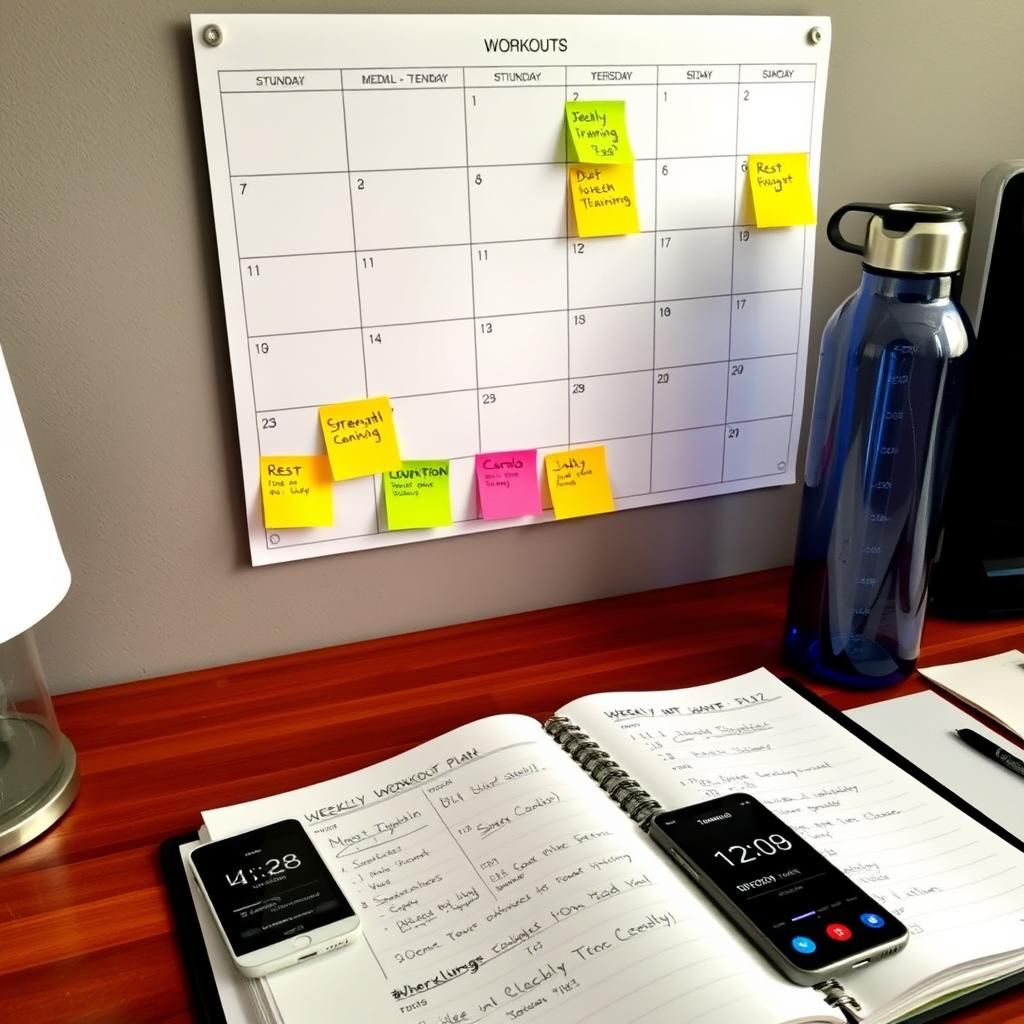
- Schedule Analysis: Analyze your weekly schedule and identify blocks of time that you can realistically dedicate to exercise.
- Commitment: Treat your workouts like important appointments. Schedule them in your calendar and avoid scheduling conflicts.
- Flexibility: Life happens. Have a backup plan for when unexpected events disrupt your routine. This could involve shorter workouts or adjusting your workout schedule.
- Consistency over Intensity: It’s better to consistently do shorter, less intense workouts than to sporadically do longer, more intense ones.
5. Select Your Exercises: Cardio, Strength, and Flexibility
A comprehensive weight loss workout plan should include three key components: cardiovascular exercise, strength training, and flexibility exercises.
5.1 Cardiovascular Exercise
Cardio burns calories, improves cardiovascular health, and enhances endurance. Choose activities you enjoy to increase adherence.
- High-Impact Cardio: Running, jogging, jumping rope, HIIT (High-Intensity Interval Training), dancing, sports (basketball, soccer). These activities burn more calories but can be harder on the joints.
- Low-Impact Cardio: Walking, swimming, cycling, elliptical training, rowing, yoga. These activities are gentler on the joints and suitable for beginners or individuals with joint problems.
- Recommended Frequency: Aim for at least 150 minutes of moderate-intensity cardio or 75 minutes of vigorous-intensity cardio per week. This can be broken down into shorter sessions (e.g., 30 minutes, 5 days a week).
- Progression: Gradually increase the intensity, duration, or frequency of your cardio workouts as your fitness improves.
5.2 Strength Training
Strength training builds muscle, boosts metabolism, and improves overall strength and functional fitness.
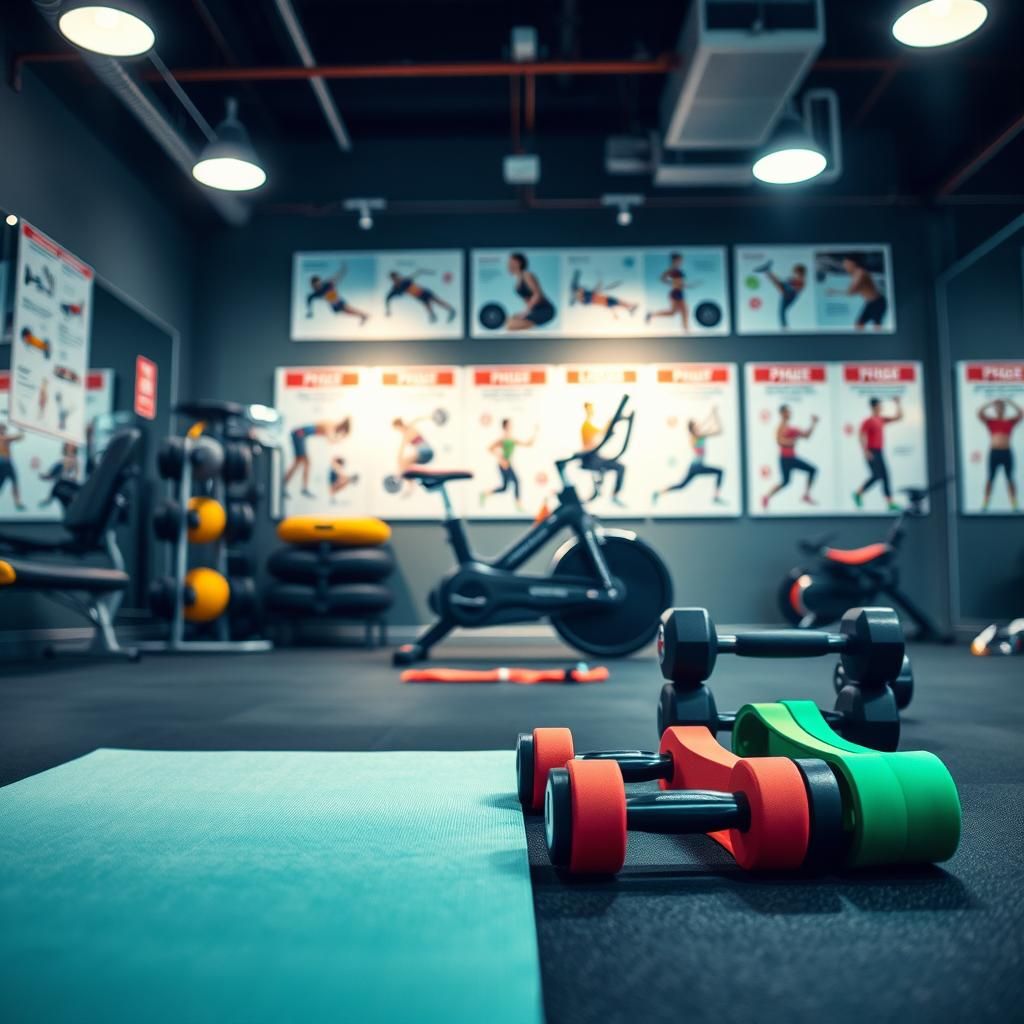
- Compound Exercises: Focus on compound exercises that work multiple muscle groups simultaneously. Examples include squats, deadlifts, lunges, push-ups, rows, and overhead presses.
- Isolation Exercises: Include isolation exercises to target specific muscle groups. Examples include bicep curls, triceps extensions, leg extensions, and calf raises.
- Recommended Frequency: Aim for 2-3 strength training sessions per week, with at least one day of rest between sessions.
- Sets and Reps: For weight loss, aim for 2-3 sets of 10-15 repetitions for each exercise.
- Proper Form: Prioritize proper form to prevent injuries. If you’re unsure about proper form, consider consulting with a certified personal trainer.
- Progression: Gradually increase the weight, resistance, or repetitions as you get stronger.
5.3 Flexibility Exercises
Flexibility exercises improve range of motion, reduce muscle soreness, and prevent injuries.
- Stretching: Incorporate static stretches (holding a stretch for 15-30 seconds) after your workouts or on rest days. Focus on major muscle groups, such as hamstrings, quadriceps, chest, and back.
- Dynamic Stretching: Perform dynamic stretches (moving through a range of motion) before your workouts to prepare your muscles for activity. Examples include arm circles, leg swings, and torso twists.
- Yoga and Pilates: Consider incorporating yoga or Pilates into your routine to improve flexibility, strength, and balance.
6. Sample Weekly Weight Loss Workout Plan
This is a sample workout plan. Adjust it based on your fitness level, preferences, and goals.
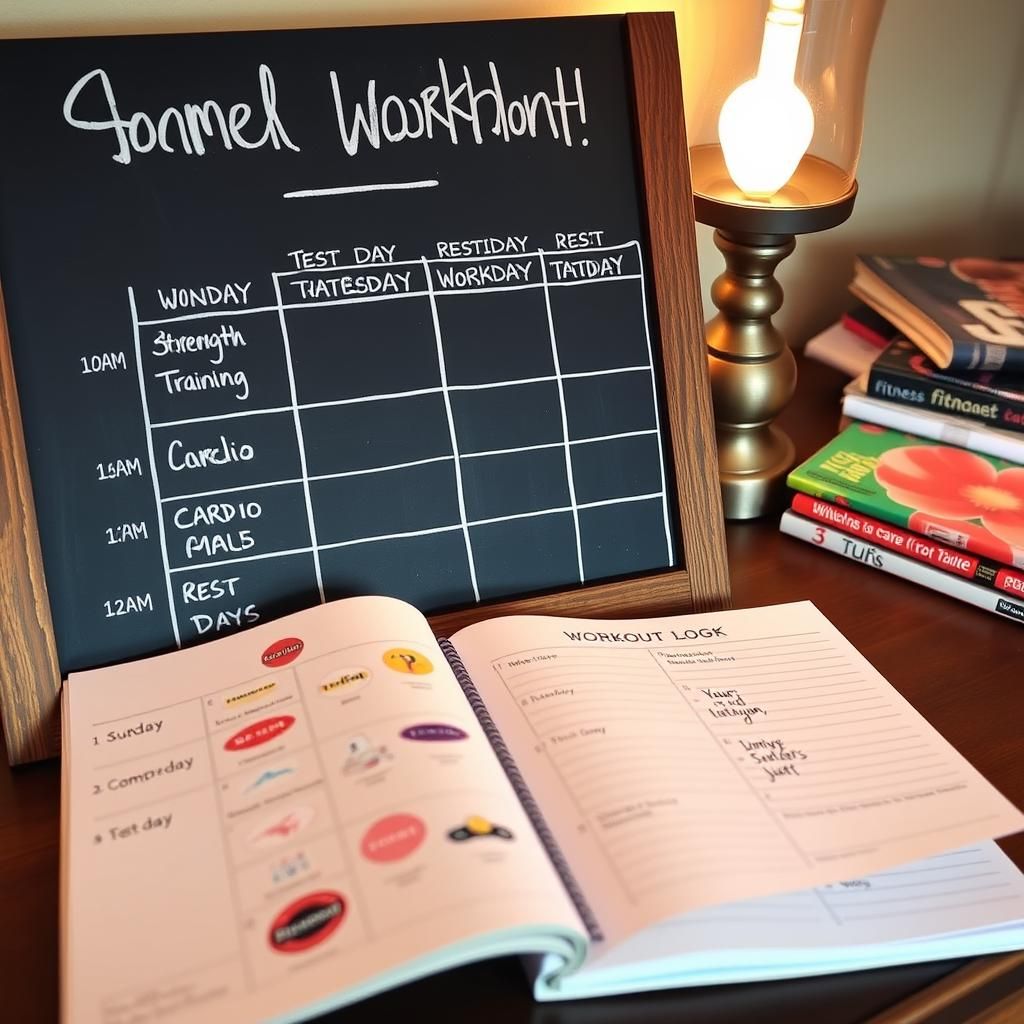
Monday: Strength Training (Full Body)
- Warm-up: 5 minutes of light cardio (e.g., jogging in place, jumping jacks).
- Squats: 3 sets of 12-15 reps.
- Push-ups (on knees if needed): 3 sets of as many reps as possible (AMRAP).
- Dumbbell Rows: 3 sets of 12-15 reps per arm.
- Overhead Press: 3 sets of 12-15 reps.
- Plank: 3 sets, holding for 30-60 seconds.
- Cool-down: 5-10 minutes of static stretching.
Tuesday: Cardio (Moderate Intensity)
- 30-45 minutes of brisk walking, cycling, or elliptical training.
Wednesday: Rest or Active Recovery
- Light activity such as yoga, stretching, or a leisurely walk.
Thursday: Strength Training (Lower Body Focus)
- Warm-up: 5 minutes of light cardio.
- Lunges: 3 sets of 12-15 reps per leg.
- Deadlifts (light weight): 3 sets of 12-15 reps.
- Hamstring Curls: 3 sets of 12-15 reps.
- Calf Raises: 3 sets of 15-20 reps.
- Cool-down: 5-10 minutes of static stretching.
Friday: Cardio (High Intensity)
- 20-30 minutes of HIIT (High-Intensity Interval Training). Alternate between high-intensity bursts (e.g., sprinting) and recovery periods (e.g., jogging or walking).
Saturday: Strength Training (Upper Body Focus)
- Warm-up: 5 minutes of light cardio.
- Bench Press (or push-ups): 3 sets of 12-15 reps.
- Pull-ups (assisted if needed) or Lat Pulldowns: 3 sets of as many reps as possible (AMRAP).
- Bicep Curls: 3 sets of 12-15 reps.
- Triceps Extensions: 3 sets of 12-15 reps.
- Cool-down: 5-10 minutes of static stretching.
Sunday: Rest
- Allow your body to recover and repair.
7. Incorporate Variety and Progressive Overload
To prevent plateaus and continue seeing results, it’s crucial to incorporate variety and progressive overload into your workout plan.
- Variety: Change your exercises, workout routines, and cardio activities regularly. This prevents boredom and challenges your body in new ways.
- Progressive Overload: Gradually increase the intensity, duration, or frequency of your workouts over time. This could involve lifting heavier weights, increasing the number of repetitions, or running for a longer distance.
- Listen to Your Body: Pay attention to your body’s signals and adjust your workout plan accordingly. If you’re feeling sore or fatigued, take a rest day or reduce the intensity of your workouts.
8. Track Your Progress and Make Adjustments
Tracking your progress is essential for staying motivated and ensuring that your workout plan is effective.
![]()
- Weight and Measurements: Weigh yourself and measure your waist circumference regularly (e.g., once a week).
- Workout Log: Keep a workout log to track your exercises, sets, reps, and weight lifted.
- Photos: Take progress photos regularly (e.g., every 2-4 weeks).
- Evaluate and Adjust: Regularly evaluate your progress and make adjustments to your workout plan as needed. If you’re not seeing results, consider increasing the intensity, duration, or frequency of your workouts or making changes to your diet.
9. Stay Hydrated and Fuel Your Body Properly
Proper hydration and nutrition are crucial for supporting your workout plan and promoting weight loss.
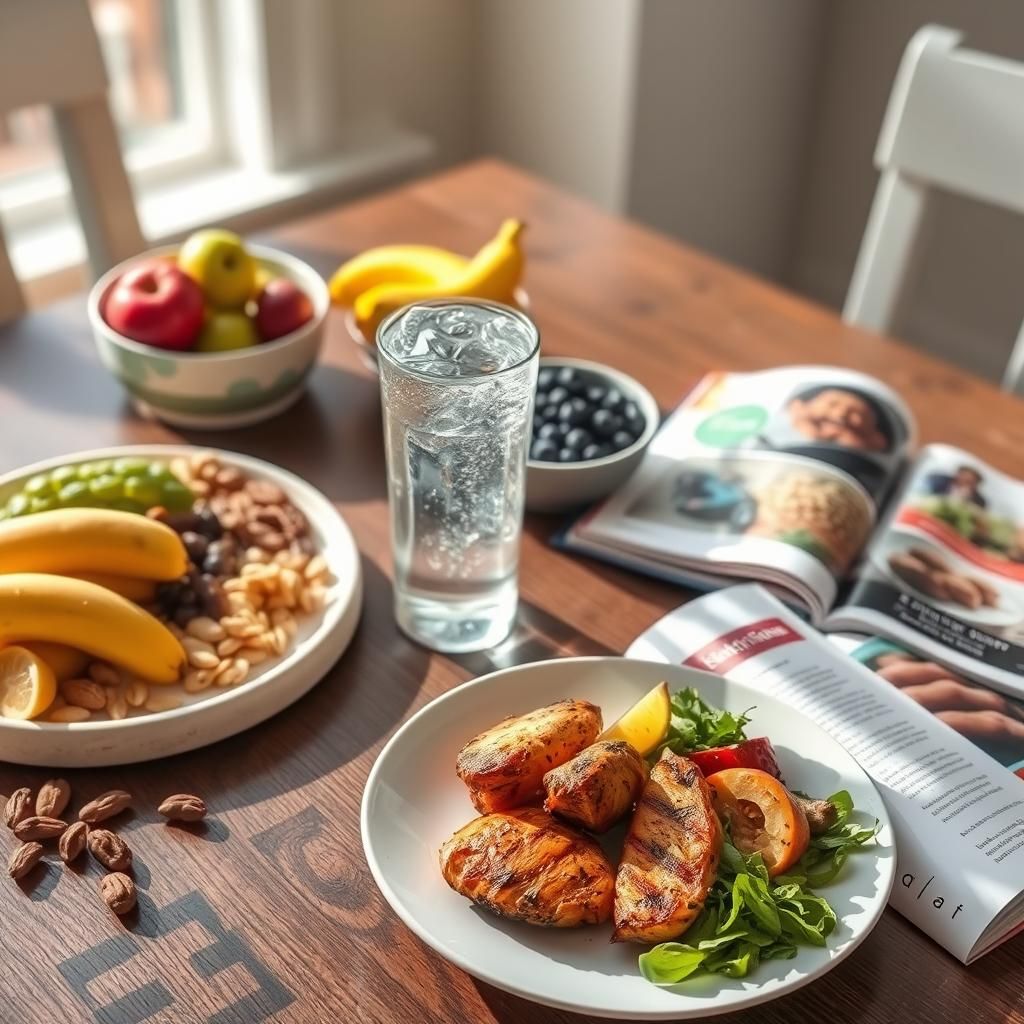
- Hydration: Drink plenty of water throughout the day, especially before, during, and after your workouts.
- Pre-Workout Fuel: Consume a light, easily digestible meal or snack 1-2 hours before your workouts. This could include a banana with peanut butter, a small bowl of oatmeal, or a protein smoothie.
- Post-Workout Fuel: Consume a protein-rich meal or snack within 30-60 minutes after your workouts to help repair and rebuild muscle tissue. This could include a protein shake, grilled chicken with vegetables, or Greek yogurt with fruit and nuts.
- Balanced Diet: Focus on eating a balanced diet that is rich in whole, unprocessed foods, lean protein, complex carbohydrates, and healthy fats.
10. Listen to Your Body and Prioritize Recovery
Overtraining can lead to injuries and burnout. It’s crucial to listen to your body and prioritize recovery.

- Rest Days: Schedule regular rest days to allow your body to recover and repair.
- Sleep: Aim for 7-9 hours of quality sleep per night.
- Stress Management: Practice stress-reducing activities such as meditation, yoga, or spending time in nature.
- Listen to Your Body: Pay attention to your body’s signals and adjust your workout plan accordingly. If you’re feeling sore or fatigued, take a rest day or reduce the intensity of your workouts.
- Professional Guidance: If you experience persistent pain or discomfort, consult with a doctor or physical therapist.
11. Overcoming Challenges and Staying Motivated
Weight loss can be challenging, and it’s normal to experience setbacks along the way. Here are some tips for overcoming challenges and staying motivated:

- Setbacks are Normal: Accept that setbacks are a normal part of the weight loss process. Don’t get discouraged if you miss a workout or indulge in an unhealthy meal. Just get back on track as soon as possible.
- Find a Workout Buddy: Working out with a friend can provide motivation and accountability.
- Reward Yourself (Non-Food): Reward yourself for reaching milestones, but choose non-food rewards such as a new workout outfit, a massage, or a weekend getaway.
- Visualize Success: Visualize yourself achieving your weight loss goals. This can help you stay motivated and focused.
- Focus on the Benefits: Focus on the many benefits of weight loss, such as improved health, increased energy, and enhanced self-esteem.
- Seek Support: Don’t be afraid to seek support from friends, family, or a qualified professional.
Check Out This
Building your own weekly weight loss workout plan requires careful planning, consistent effort, and a commitment to making healthy lifestyle choices. By assessing your fitness level, setting realistic goals, incorporating a variety of exercises, and tracking your progress, you can create a personalized workout plan that helps you achieve your weight loss goals and improve your overall health and well-being. Remember to listen to your body, prioritize recovery, and stay motivated throughout your weight loss journey. With dedication and perseverance, you can achieve lasting results.
Affiliate Link Disclosure: Some of the links in this post are affiliate links. This means that if you click on the link and make a purchase, I may receive a small commission at no extra cost to you. I only recommend products or services that I personally use and believe will be valuable to my readers.


